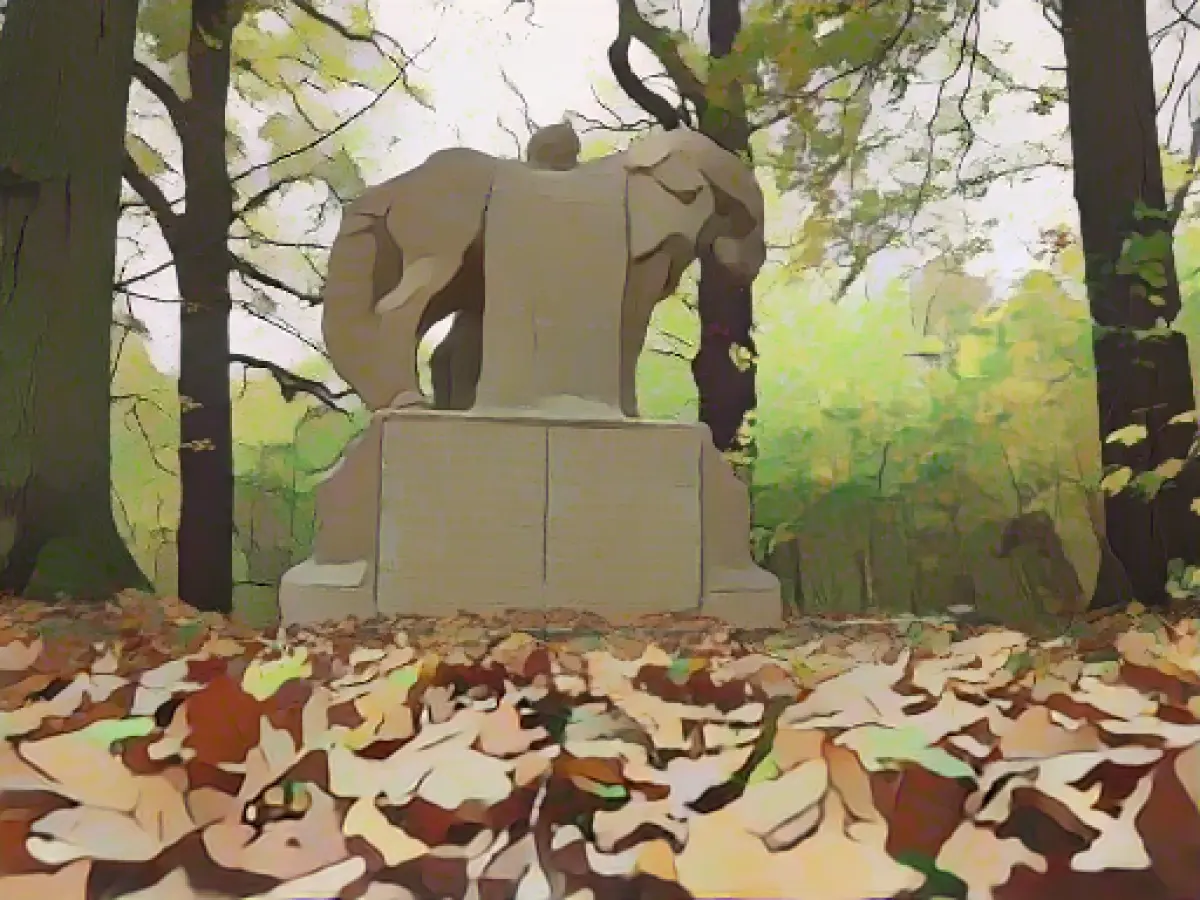Historians: "Indiscriminate commemoration" at monuments
According to historian Jens-Christian Wagner, memorials to the fallen often lack historical differentiation. "The dead are often commemorated indiscriminately - those who died in the First World War, Wehrmacht soldiers and members of the SS from the Second World War, victims of political persecution under National Socialism and in the GDR, and displaced persons," the director of the Buchenwald and Mittelbau-Dora Memorials Foundation told the German Press Agency. "It blurs everything," he said. There is a lack of critical historical awareness here.
On the National Day of Mourning this Sunday, many places will commemorate the dead of war and tyranny at memorials to the fallen. According to the Thuringia State Office for the Preservation of Monuments and Archaeology, there are more than 1,000 monuments in Thuringia that commemorate wars of the 19th and 20th centuries and characterize church forecourts, cemeteries or village greens. Around 400 of them are listed because of their historical or artistic significance, as Kilian Jost, a consultant at the state office, said when asked. Most of the monuments were originally erected to commemorate the fallen of the First World War (1914-1918).
Artistic sculptures, martial imagery
Most of them were created in the 1920s, such as the equestrian sculpture by sculptor Lisa Simczik (1890-1954) in Gera-Aga. Others were erected during National Socialism - in the martial imagery typical of the Nazi era. For example, the cemetery in Röblitz, a district of Unterwellenborn (district of Saalfeld-Rudolstadt), has a sculpture of a soldier with a steel helmet and sword, which was dedicated in 1935. More common than sculptures, however, are stone blocks with reliefs of war symbols such as oak leaves or steel helmets.
According to Jost, some monuments glorifying the war and commemorating the Franco-Prussian War of 1870/71 have also survived. However, they were often torn down after the Second World War and during the GDR era.
Often rededicated
Jost said that it was typical of how memorials to the fallen were treated that they were rededicated several times. In the GDR, they were usually declared memorials to the victims of National Socialism or peace memorials. After reunification, the commemoration was "expanded". "In such a way that all groups are represented."
For historian Wagner, this is a problem - especially when it includes soldiers of the Wehrmacht or members of the SS who committed war crimes during the Second World War. "Then the perpetrators are also commemorated," he criticized.
The historical significance of many monuments in Thuringia, as noted by Kilian Jost, includes the commemoration of wars from the 19th and 20th centuries, encompassing various conflicts and groups such as First World War soldiers, Wehrmacht members, and victims of political persecution. The indiscriminate commemoration of history at these monuments, as noted by historian Jens-Christian Wagner, can sometimes blur the lines between different historical contexts and events.
Source: www.dpa.com








